Key Takeaways
- Roddenberry envisioned a world of unity and peace without greed, poverty, or war.
- Replicators in TNG created an almost post-scarcity world where money was obsolete.
- Despite being aspirational, the
Star Trek
universe still has scarcity and financial inequities.
When Gene Roddenberry was building the Star Trek universe, he had optimistic ideas about what the future could look like. He imagined a world where people were no longer driven by acquiring money or material possessions, where people’s empathy outweighed their selfishness, where everyone could connect to their common humanity to achieve a world without greed, poverty, bigotry, violence, or war.
These are the core principles upon which the Star Trek universe was built. But how was such a world achieved, and what are the greater implications?
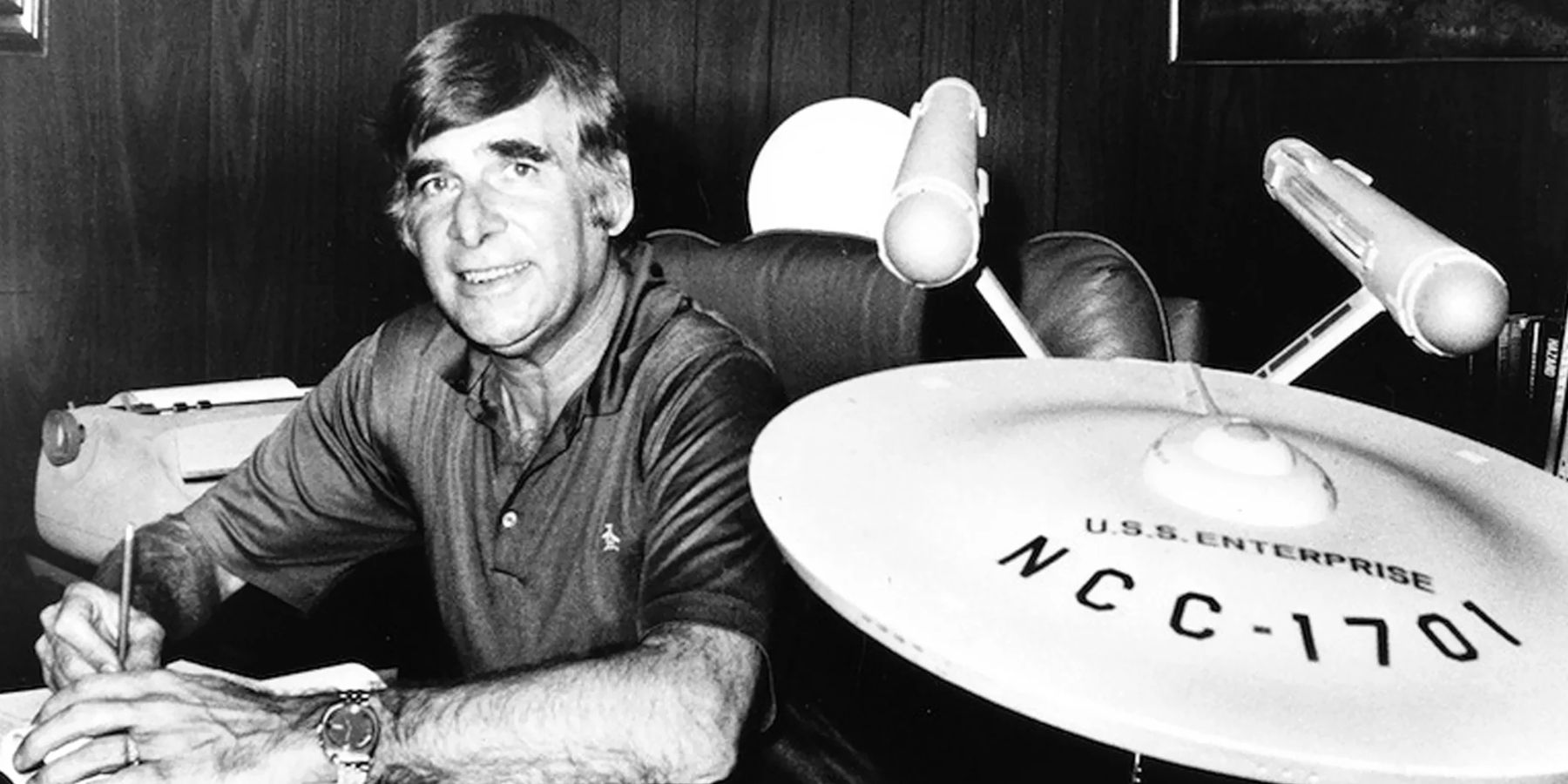
Related
Does Modern Star Trek Media Uphold Gene Roddenberry’s Vision?
What would the father of popular science fiction think of the Star Trek shows and movies of today?
The Scarcity World of The Original Series
When Roddenberry distilled his ideas for this utopian universe in the writer’s guide for Star Trek: The Original Series, he didn’t detail how his future society had eliminated all the issues plaguing American society in the early and mid 1960s. In fact, he purposely obscured the specifics, especially when it came to the economics and politics of his envisioned future.
“…Mankind has found some unity on Earth, perhaps at long last even peace […] But television today simply will not let us get into details of Earth’s politics of Star Trek’s century; for example, which socio-economic system ultimately worked out best.”
At the height of the Cold War, communism was perceived as the biggest threat to democracy and freedom and censorship of the airwaves was rampant. Roddenberry knew he couldn’t get away with depicting a society with a post-capitalist economic system. So, he kept the details of a society without greed and poverty vague, focusing instead on the social aspects of his utopia. He portrayed humans of all races, creeds, and genders working together, humans and aliens working side-by-side on equal footing, and a peaceful universe where people talked about their problems before fighting. Though there was still a good deal of violence for a supposedly peaceful world.
Introducing Post-Scarcity in The Next Generation
By the time Star Trek: The Next Generation (TNG) was in development, Roddenberry and the Star Trek writing staff had a lot more freedom to create the society Roddenberry actually envisioned for the United Federation of Planets. They described this world in the writer’s guide for TNG:
“We have established that most (if not all) of the major problems facing the human species have been resolved and the Earth has since been transformed into a human paradise, with large protected wilderness areas, grand parks, beautiful cities, and a literate and compassionate population that has learned to appreciate life as a grand adventure.”
The people behind TNG understood that people struggling with poverty, hunger, and houselessness or housing insecurity would always be driven by their need to survive, unable to focus on humanity as a whole. If everyone’s basic needs for food, clean water, shelter, and safety were met, humanity would be capable of overcoming all the social issues that plague the world.
So, they needed to create a post-scarcity world — a world where money didn’t prevent people from getting their basic needs met. They needed a world where resources were abundant enough that everyone had everything they fundamentally needed to not just survive, but thrive, regardless of their position in society. To facilitate this post-scarcity world, Roddenberry and the writers created the single most important piece of technology in the Star Trek universe: the replicator.
How Replicators Created a Post-Scarcity World
According to the writer’s guide for TNG, replicators were machines located all over the U.S.S. Enterprise that used transporter technology to take “raw material from storage,” transform the molecular structure into food or drink, and deliver it to the person via “wall slots.” The replicators were a reimagining of the food synthesizers from The Original Series. Even though Roddenberry couldn’t depict every part of the universe he envisioned for TOS, he and the writers had devised a solution to hunger: using technology to transform matter, creating food and drink from abundant raw materials.
As they expanded on the idea of the replicators, Roddenberry and the writers realized that this technology could be used to create more than just food and drink. It could be used to transform matter into nearly anything anyone could need. There were exceptions, of course. The replicators couldn’t handle items that were extremely large or complex. They also couldn’t create things without being programmed with a molecular pattern, so they couldn’t create items with unknown molecular structures.
But replicators can, and do, create everything that people require to meet their basic needs. Since citizens of the Federation can replicate almost anything they want, whenever they want, people no longer need to exchange money for goods or services. So, money is obsolete within the Federation.
Since Federation citizens don’t have to worry about working to earn money, citizens of the Federation pursue vocations they’re passionate about, and they work for the sheer pleasure of doing something they love and believe in. And since they don’t have to worry about poverty or housing or work, they dedicate their time to improving themselves and humanity as a whole. With the basic needs of everyone in the Federation met and ample time for moral and intellectual development, Federation citizens make Roddenberry’s vision of a world without greed, poverty, bigotry, violence, or war a reality.
Is The Star Trek Universe Really Post-Scarcity?
Though money is obsolete within the Federation, as Manu Saadia points out in his book Trekonomics, money isn’t completely obsolete in the Star Trek universe. Plenty of cultures throughout the universe, most notably the Ferengi, still use currency, and the Federation still uses accepted forms of currency in their dealings with other cultures. Additionally, since the replicators can’t replicate everything, certain resources are still scarce. Conflict still exists over the management and use of those non-replicable resources throughout the Star Trek universe.
Citizens of the Federation have everything they need to thrive and want for nothing, but that isn’t the case for other societies throughout the universe. It’s often not even true for the micro-societies on Federation ships, who often have to barter or pay for resources they run out of while on their missions.
Though Star Trek offers an aspirational vision of what a post-capitalist society where everyone’s basic needs are met could look like, it doesn’t actually depict a post-scarcity universe. In fact, in spite of the noblest of intentions, the Star Trek universe still replicates (pun intended) a world of haves and have-nots. While citizens of the Federation have all they need and are happy to share their abundance with others, societies throughout the Trekverse still feel the effects of poverty, hunger, and war. And the Federation itself still perpetuates these inequities when they barter or trade for scarce resources and decide which societies they are willing to share their technology with.
Is a society where everyone’s basic needs and more are met and money is obsolete better than the current capitalist nightmare? Absolutely. But Star Trek’s universe isn’t as abundant or as economically equitable as it wants to be.
Sources: Writer’s Guide for Star Trek: The Original Series, Writer’s Guide for Star Trek: The Next Generation, Trekonomics, Star Trek: The Original Series, Star Trek: The Next Generation
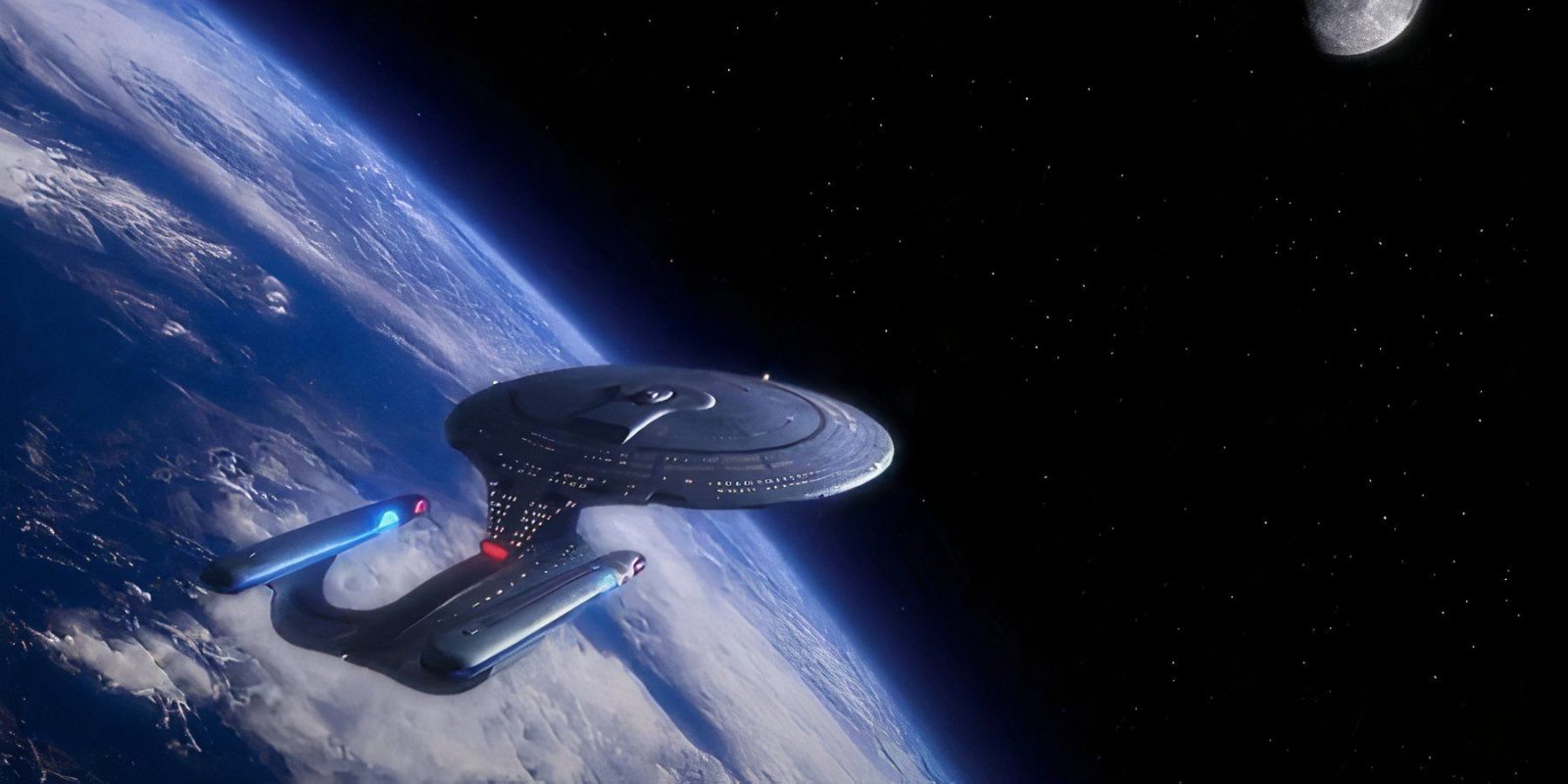
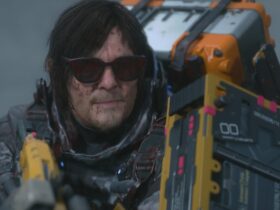
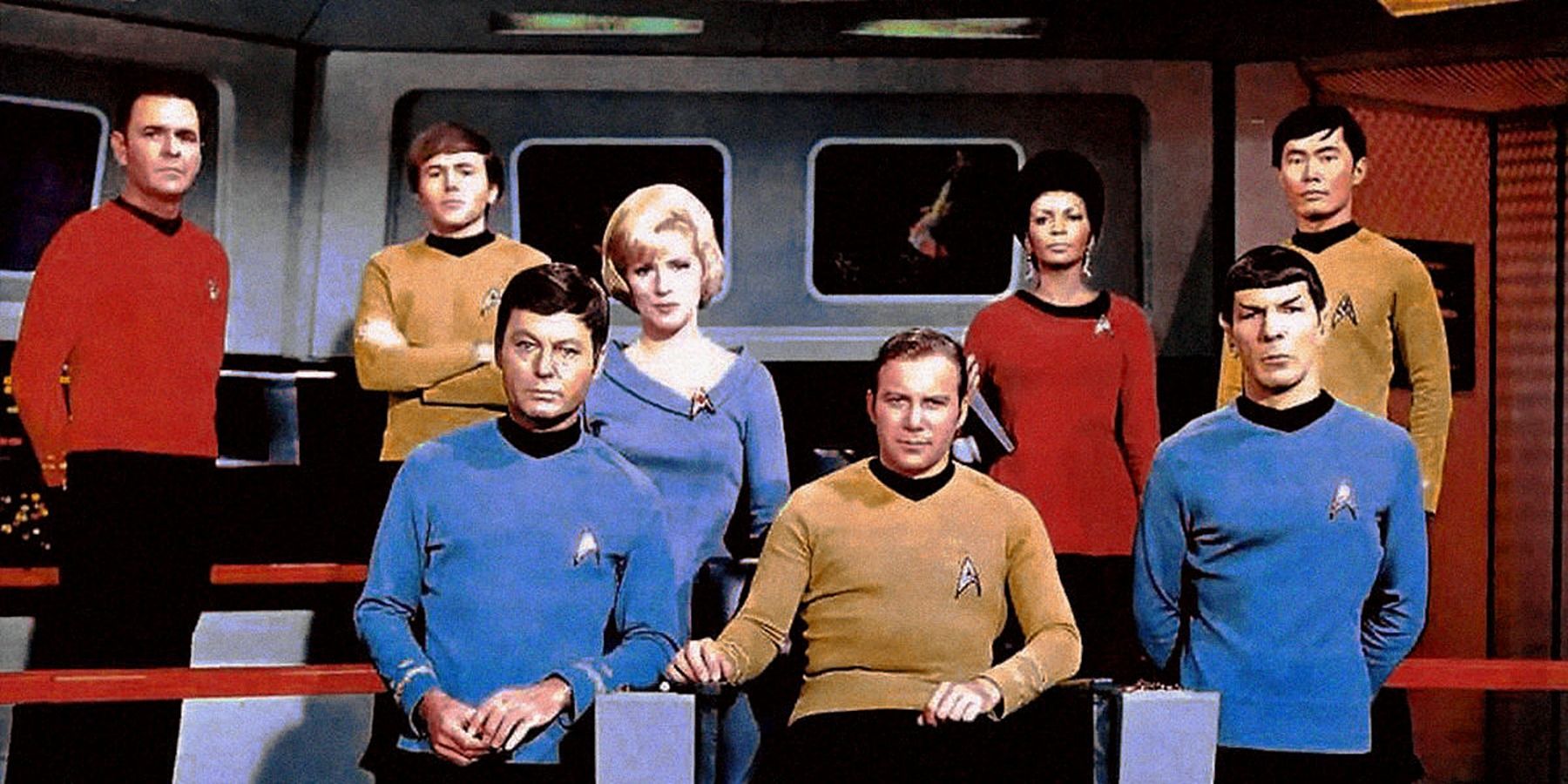
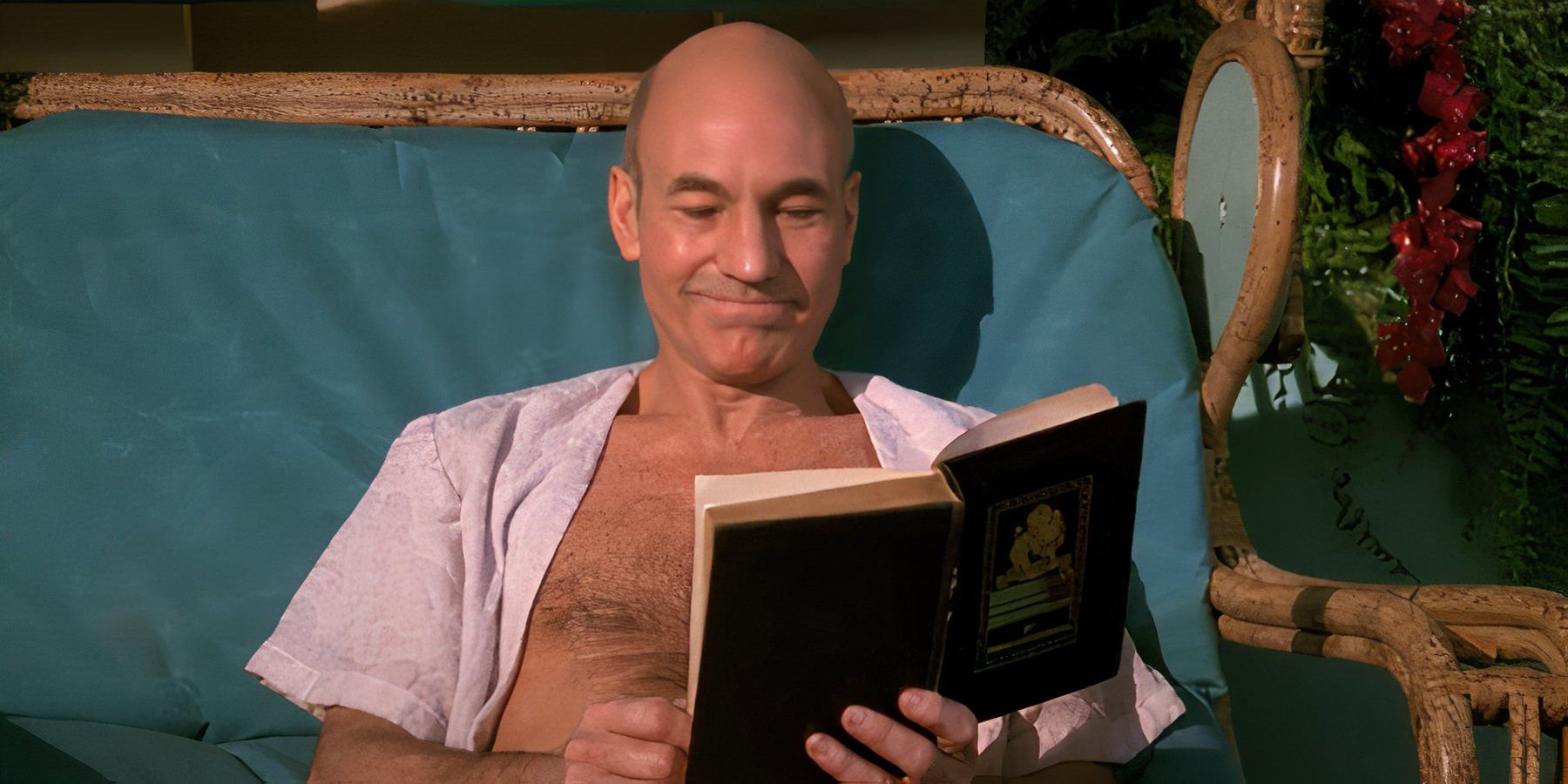
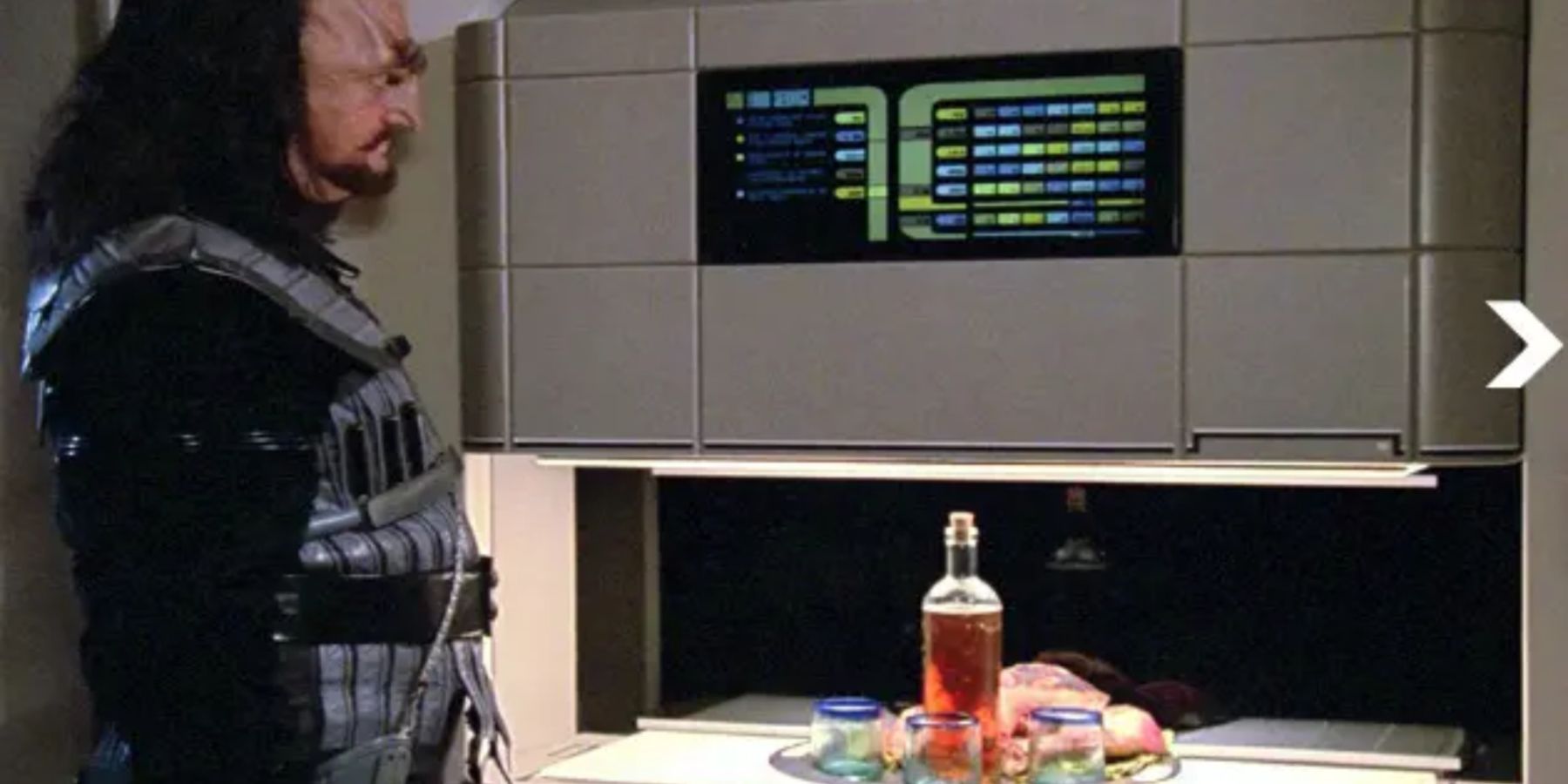
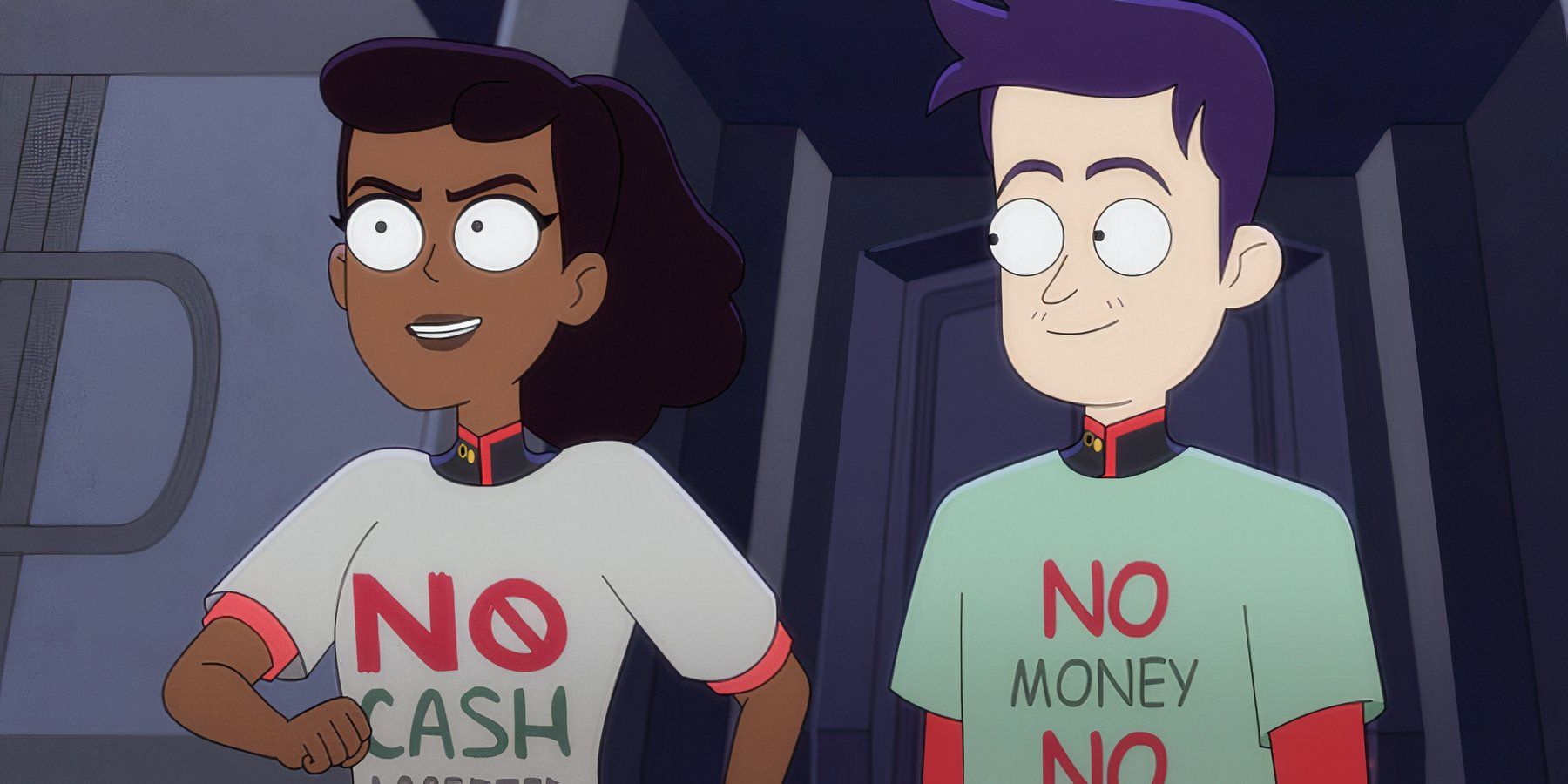
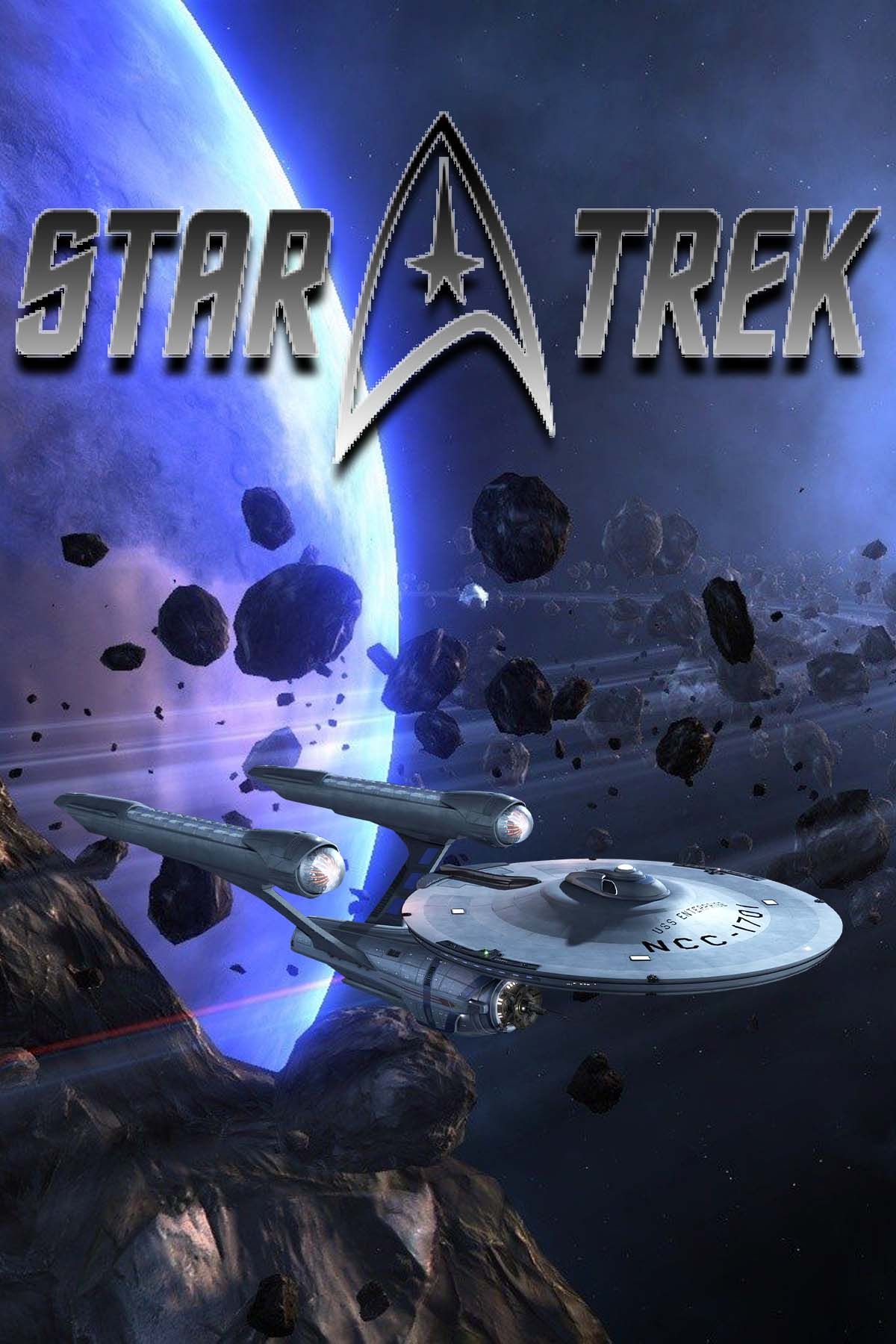




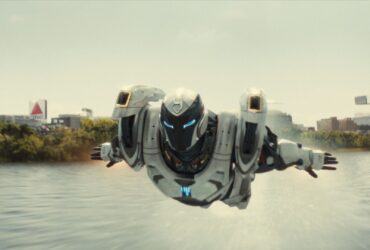

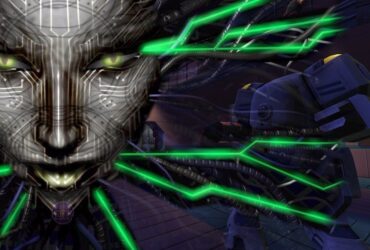


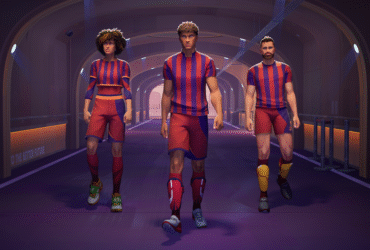
Leave a Reply